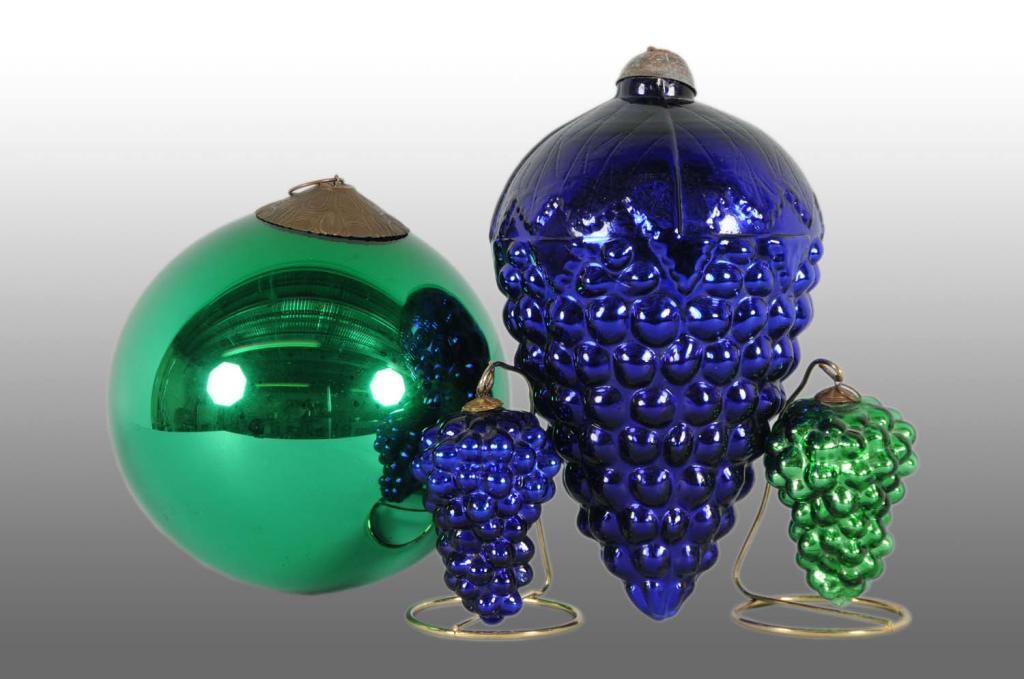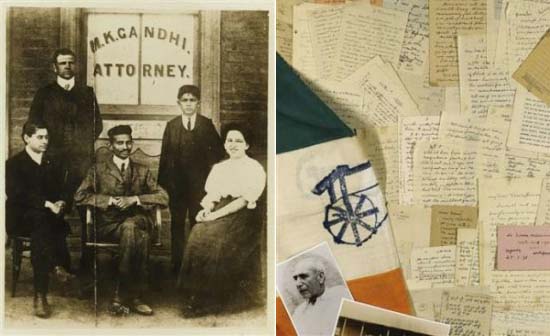The silvery, shining glass of a Victorian kugel ornament is a mirror onto the past. Hold one in your hand and you can imagine it on an old-fashioned Christmas tree, reflecting the flickering flames of candles.
“Kugels have a weight and beautifully aged patina that other decorations can’t rival,” says Craig McManus, a collector in Ho-Ho-Kus, New Jersey, who owns more than 400 kugels.
Given the yuletide images they conjure, kugels’ origins are somewhat surprising. Indeed, the first glass spheres, called “witch balls,” were hung year-round in windows and doors in 17th-century England and later in the United States. Their purpose was to ward off witches, “who were thought to be repulsed by round shapes,” McManus says. But the ornaments also brought beauty and bright bursts of color into the home, just as they do today.
 In the early 19th century, glassmakers began to silver the balls, coating their hollow interiors with tin, lead, or bismuth — and eventually silver nitrate — to create a metallic finish. Large versions of the orbs, called gazing balls, were displayed on pedestals in gardens.
In the early 19th century, glassmakers began to silver the balls, coating their hollow interiors with tin, lead, or bismuth — and eventually silver nitrate — to create a metallic finish. Large versions of the orbs, called gazing balls, were displayed on pedestals in gardens.
Embossed brass caps with rings were added to globes of various sizes in the 1840s, giving birth to the first Christmas tree ornaments, known as kugels (the word means “balls” in German). Most of these were made in Lauscha, Germany, where shapes were expanded to include clusters of grapes, pears, ribbed balls, eggs, and teardrops. Silver, gold, and green, which brilliantly reflected candlelight, were the most popular colors. Amethyst ornaments, though exquisite in natural light, were rejected by Victorians, who thought the hue appeared muddy on the tree.
In the 1890s, the center of kugel manufacturing shifted to Nancy, France. The decorations that came out of this region were a bit lighter in weight than their German predecessors and boasted new shades, such as tangerine. Nowadays, color is paramount in determining kugels’ desirability and value.
You’ll find the ornaments in antiques shops and online from about $40 to more than $1,000, depending on the size, shape, and availability of the shade. Pink, purple, and orange pieces are most rare; red kugels are obtainable but costly. The most common hues are silver, then gold, green, and cobalt. (Pale blue and turquoise tones are less abundant.)
Among kugel shapes, balls are most prevalent, followed by grapes. Eggs, teardrops, and especially ribbed forms are highly coveted. Other shapes, such as berries or artichokes, are extremely difficult to find. Kugels look radiant as a centerpiece, dangling from a chandelier like jewels, and, of course, dotting the tree. Experiment with these and other applications, and let the magic of the past transform your home today.
Rainbow of Kugels
Antique kugels come in an array of colors, which were often created by adding trace amounts of metals — iron, for example, to make green, or cobalt to make deep blue — to molten glass. Silver kugels are clear glass; their metallic appearance comes from mirrored interiors. Kugels can be found in myriad sizes and shapes, including grapes and eggs, but 2- to 4-inch balls are most common. Forms such as the gold mushroom and silver artichoke are very rare.
Think Pink
Rose-colored kugels in pink lusterware goblets and tumblers (opposite) are a cheerful centerpiece (secure pieces with utility wax). A dramatic 20-inch ball trimmed with pink heather and suspended from the ceiling reflects the composition below.
Credits:
http://www.marthastewart.com/











